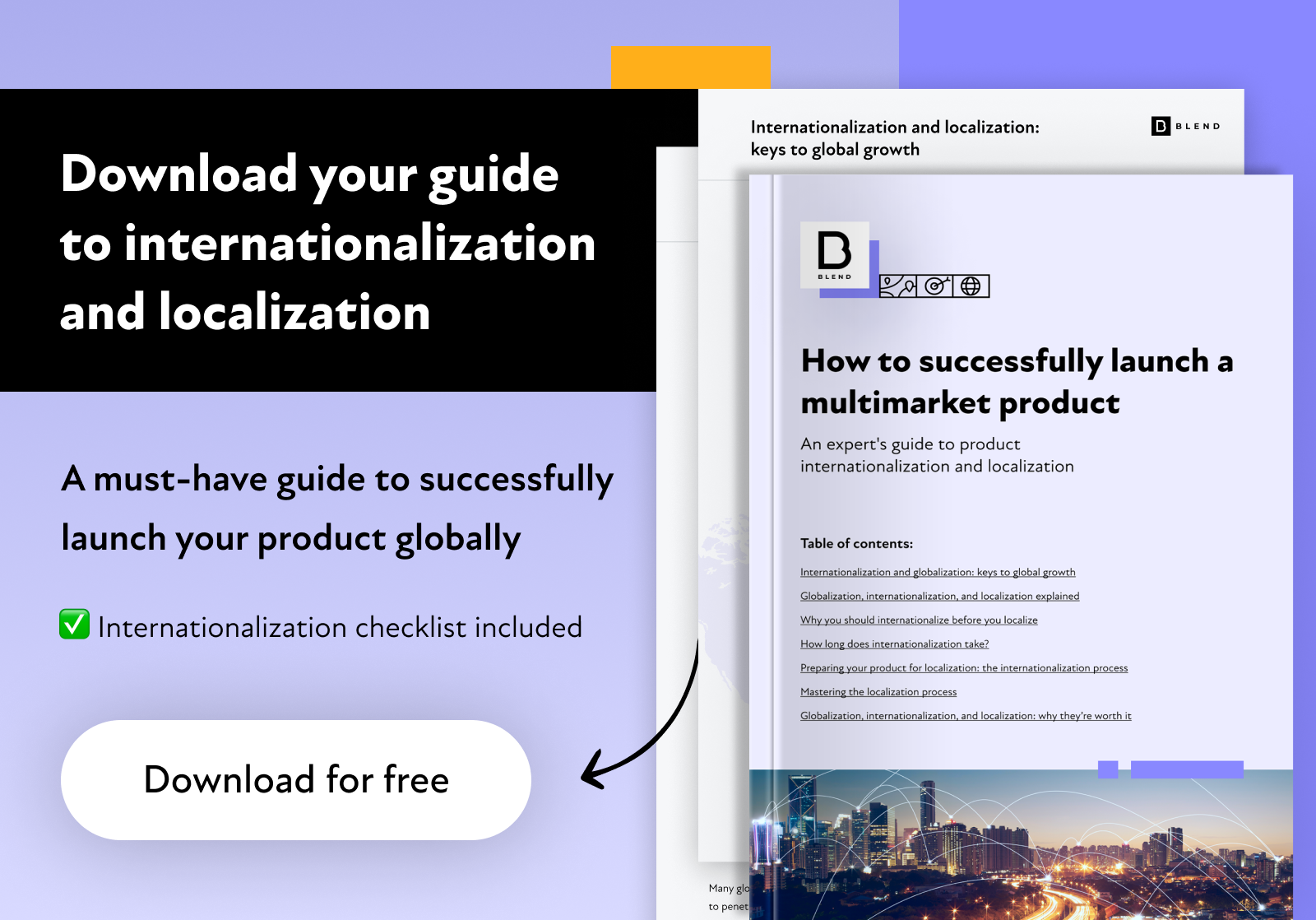In today’s interconnected world, expanding your product’s reach beyond borders is a strategic imperative. Product localization and globalization are key steps in this journey, enabling your product to resonate with a global audience. As a product manager, you play a pivotal role in this process. In this blog post, we’ll explore essential tips to help you successfully navigate the complex terrain of product localization and globalization.
Understanding the Basics: Localization vs. Globalization
Before diving into the nitty-gritty details of product localization and globalization, let’s clarify the fundamental differences between the two:
Localization
Localization is the process of adapting a product or content to a specific local market or region. This involves translating content, adjusting cultural nuances, and ensuring compliance with local regulations. The goal of localization is to make your product feel like it was created for that specific audience.
Globalization
Globalization, on the other hand, is the broader process of designing and developing products that can be easily adapted to various markets and regions. It involves creating a product that is culturally agnostic, scalable, and capable of accommodating diverse languages, currencies, and legal requirements.
Now that we’ve established the distinction, let’s delve into some actionable tips for product managers in the realm of localization and globalization.
- Start Early and Plan Strategically
Successful product localization and globalization efforts start long before you’re ready to launch in a new market. Begin by incorporating internationalization considerations into your product development process from the outset. This means designing your product architecture and codebase to be adaptable to different locales, languages, and cultural preferences.
Tip: Create a localization roadmap that aligns with your overall product roadmap. This will help you allocate resources and set priorities for different markets.
- Understand Your Target Audience
One size doesn’t fit all when it comes to product localization and globalization. Take the time to thoroughly understand the needs, preferences, and behaviors of your target audience in each market. Conduct market research, surveys, and user interviews to gather insights.
Tip: Consider cultural nuances, purchasing habits, and local competition when tailoring your product for specific regions.
- Collaborate with Local Experts
Don’t underestimate the value of local expertise. Work closely with native speakers, cultural experts, and legal advisors in your target markets. They can provide invaluable guidance on language nuances, user experience preferences, and regulatory compliance.
Tip: Build a network of local contacts who can assist with localization efforts and provide real-time feedback.
- Choose the Right Tools and Technology
Invest in localization and globalization tools that streamline the process. Content management systems, translation management platforms, and localization automation tools can significantly reduce the manual effort required.
Tip: Look for tools that offer integration capabilities with your existing product development and content management systems.
- Quality Control and Testing
Thorough testing is crucial to ensure that your localized product functions seamlessly. Conduct usability testing with local users to identify any usability issues or cultural mismatches. Pay attention to details such as date formats, currencies, and graphics.
Tip: Establish a robust quality assurance process to catch any localization errors before launch.
- Iterate and Adapt
Localization and globalization are not one-time efforts. Continuously gather feedback from users in different markets and iterate on your product accordingly. Markets evolve, and your product should too.
Tip: Create feedback loops that allow you to adapt quickly to changing market conditions and user preferences.
- Prioritize Security and Compliance
Different regions have varying legal and regulatory requirements. Ensure that your product complies with data privacy laws, copyright regulations, and any other relevant legal frameworks in your target markets.
Tip: Work with legal experts to create a compliance checklist for each market you enter.
- Measure and Analyze Performance
Use analytics tools to track the performance of your product in different regions. Monitor user engagement, conversion rates, and customer feedback. Analyze the data to identify trends and make data-driven decisions.
Tip: Set up customized dashboards that provide real-time insights into the performance of your localized products.
Conclusion
Product localization and globalization are complex but essential endeavors for expanding your product’s global reach. As a product manager, you’re at the helm of these efforts, guiding your team to success. By starting early, understanding your audience, collaborating with local experts, choosing the right tools, and maintaining a commitment to quality and compliance, you can navigate the challenges of globalization and ensure that your product resonates with audiences worldwide.
Remember that globalization is not a one-time project but an ongoing journey. Embrace the opportunity to learn, adapt, and grow as you take your product to new horizons. With these tips in your arsenal, you’re well-equipped to excel in the world of product localization and globalization.



